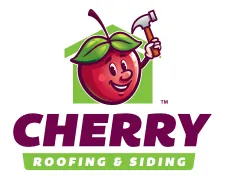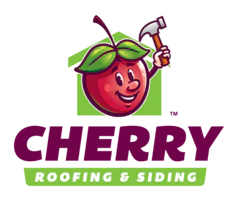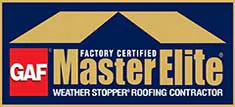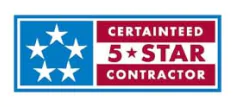Posted in:
With winter fast approaching, homeowners should pay close attention to the freeze-thaw cycle and how it impacts their roofs. The freeze-thaw cycle can occur during any time of the year, but it’s most prevalent during the winter months. But what is the freeze-thaw cycle, and how does it affect roofing materials? Here is a breakdown of the process itself and how it can impact your home’s roof:
What Is the Freeze-Thaw Cycle?
When the temperature drops below 32°F, water freezes; doing so causes water to expand and increases its volume in the process. When water thaws and returns to its liquid state, it then contracts. This process of expansion and contraction puts a lot of pressure on structures. This is especially true when it comes to your home’s roof. The constant stress of expanding and contracting can eventually lead to damage and the possibility of water intrusion into your home.
How Does the Freeze-Thaw Cycle Damage Roofs?
The freeze-thaw cycle threatens roof integrity in 3 key ways. Depending on the roofing materials used and the style of your roof, problems don’t always present themselves in the same way. Here are the 3 things you should look out for when it comes to damage caused by the freeze-thaw cycle:
Shingle spacing changes over time: Shingles are installed at the same spacing on a roof. If you notice the spacing between shingles is not uniform, it’s likely due to damage caused by the freeze-thaw cycle. The increased spacing between shingles can lead to leaks and more extensive interior problems if not repaired as soon as possible.
Flashing is no longer secure: Flashing is made up of metal pieces that cover any areas between roofing materials and the structure itself. Flashing is used most commonly on chimneys, vents, and eaves. If the flashing on your home is loose, it’s due to the expansion and contraction of water during the freeze-thaw cycle. Similar to increased spacing between shingles, these unprotected gaps will let water into the home, leading to further damage.
Ice Damming: Ice dams are one of the most noticeable signs of significant freezing and thawing on a roof. They’re caused by melting snow that travels down the pitch of the roof and gets caught along the eaves. When the temperature drops below 32°F, the melted snow refreezes, causing the ice dam. Ice dams can cause extensive damage if the root cause is not addressed.
Long-Term Damage Caused by the Freeze-Thaw Cycle
The freeze-thaw cycle can lead to a number of problems for homeowners. Additional moisture can lead to mold and mildew growth, not to mention water damage if leaks develop. Additionally, ice dams can tear gutters off your home, and your roof’s lifespan can be dramatically decreased if the problems aren’t handled in a timely manner. The freeze-thaw cycle poses a real threat to roofs and, by extension, you and your loved ones.
Cherry Siding & Roofing is a premier provider of roofing and siding services throughout the region. We’re one of the best roofers in South Jersey and the surrounding areas. We also offer high-quality window replacements and other home improvement services. Contact us today to learn more and to schedule your appointment.
Dec 28, 2022







